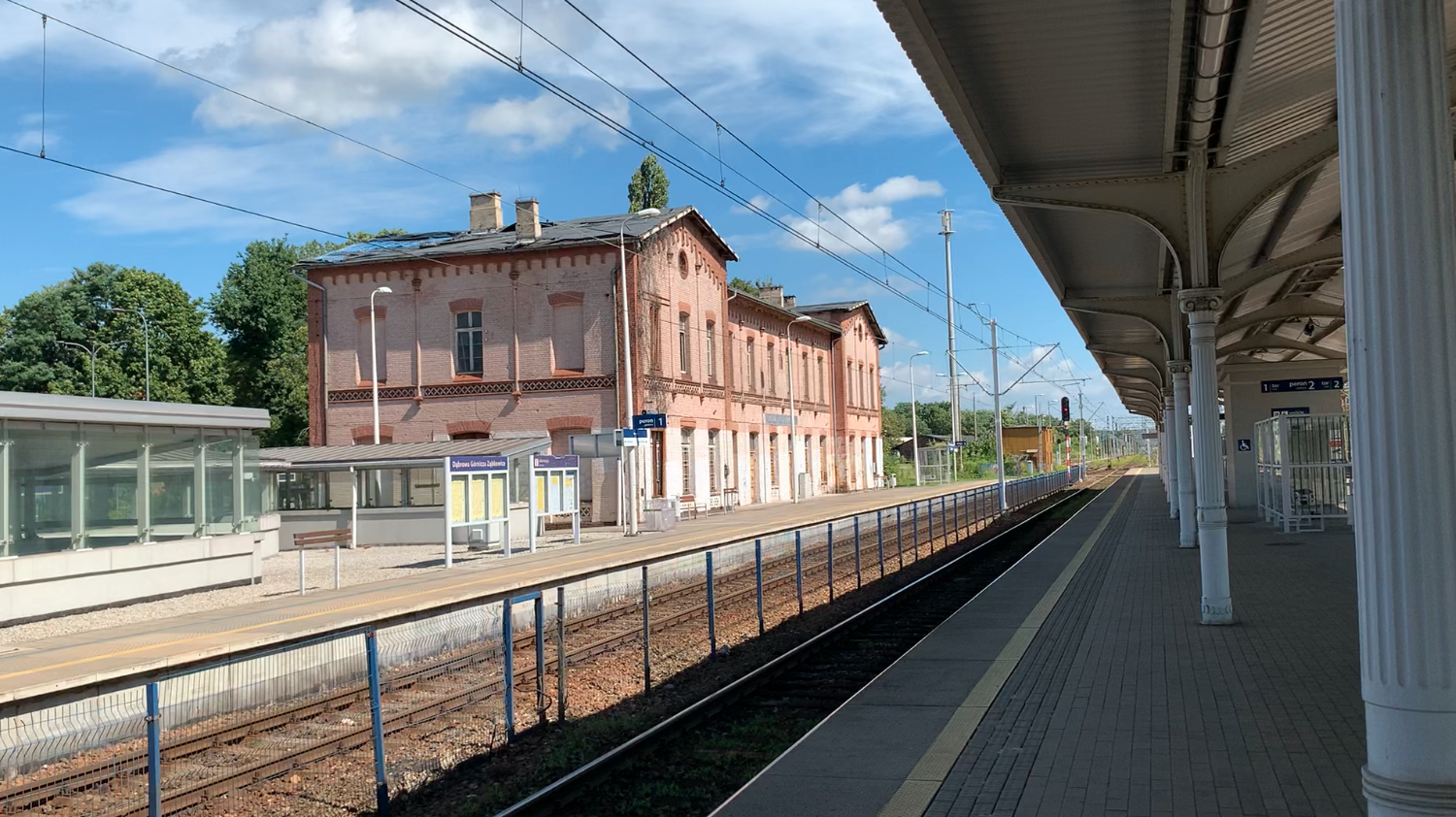Dąbrowa Górnicza Ząbkowice 2025-08-06
Dąbrowa Górnicza Ząbkowice railway station.
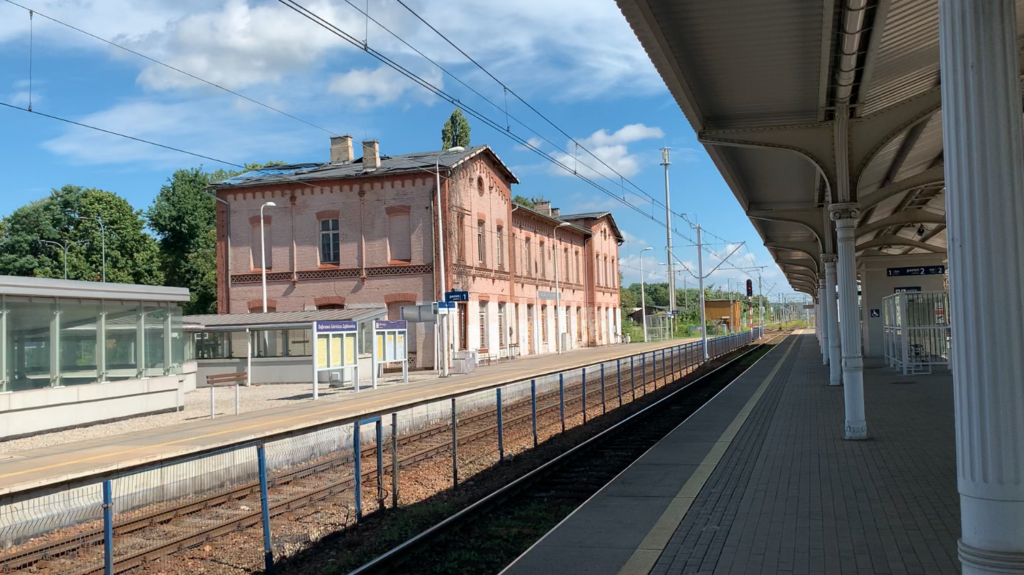
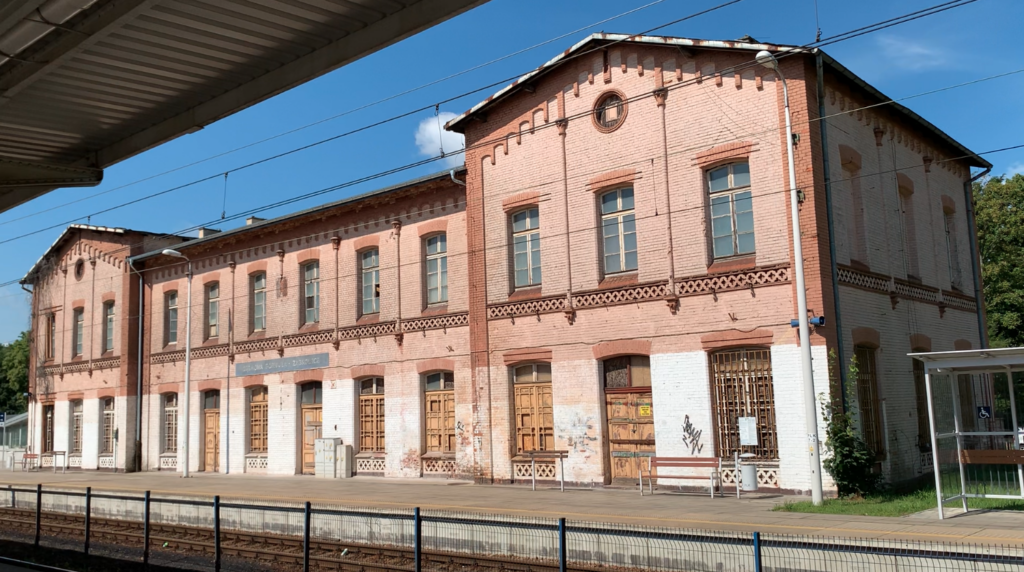
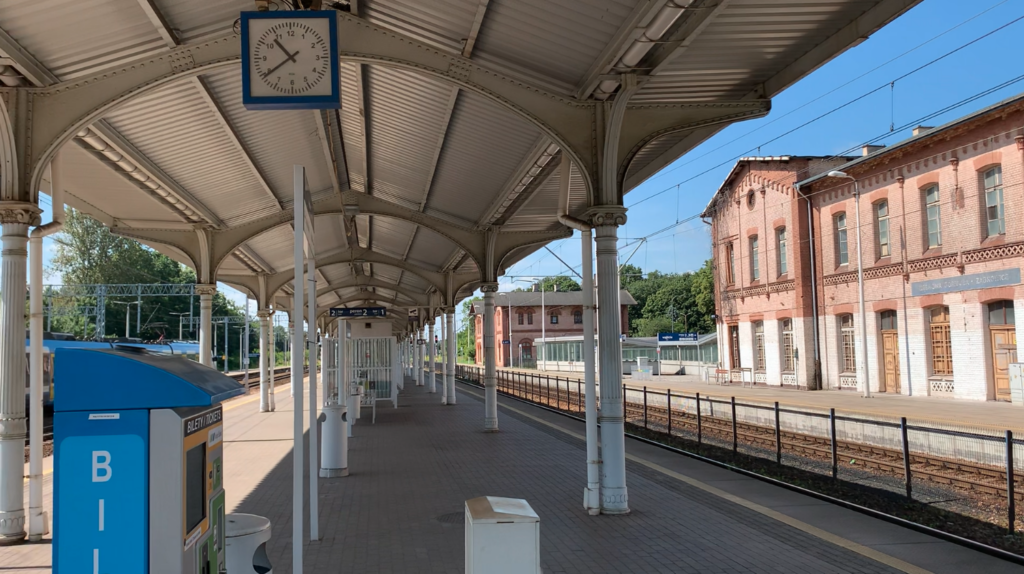
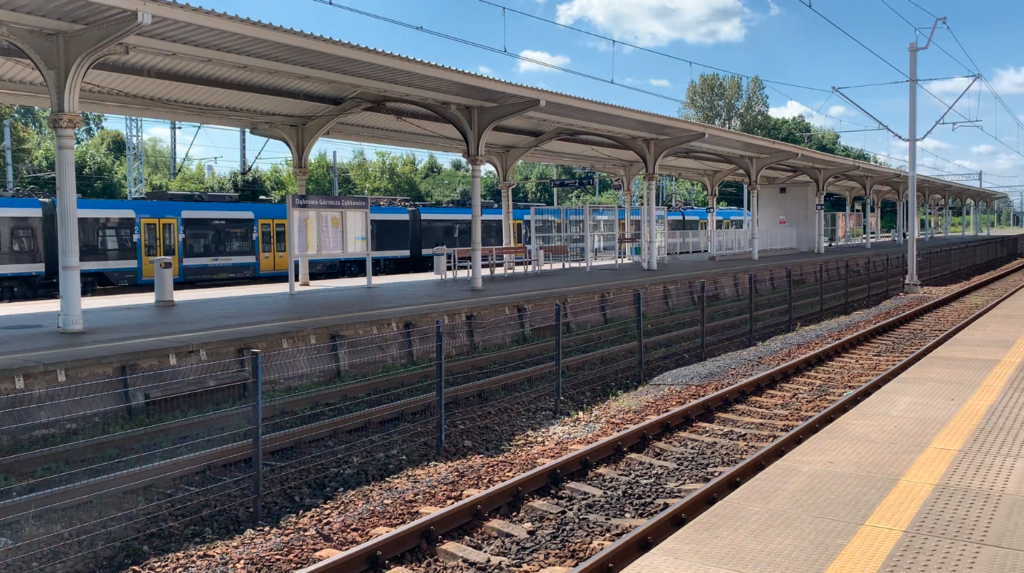
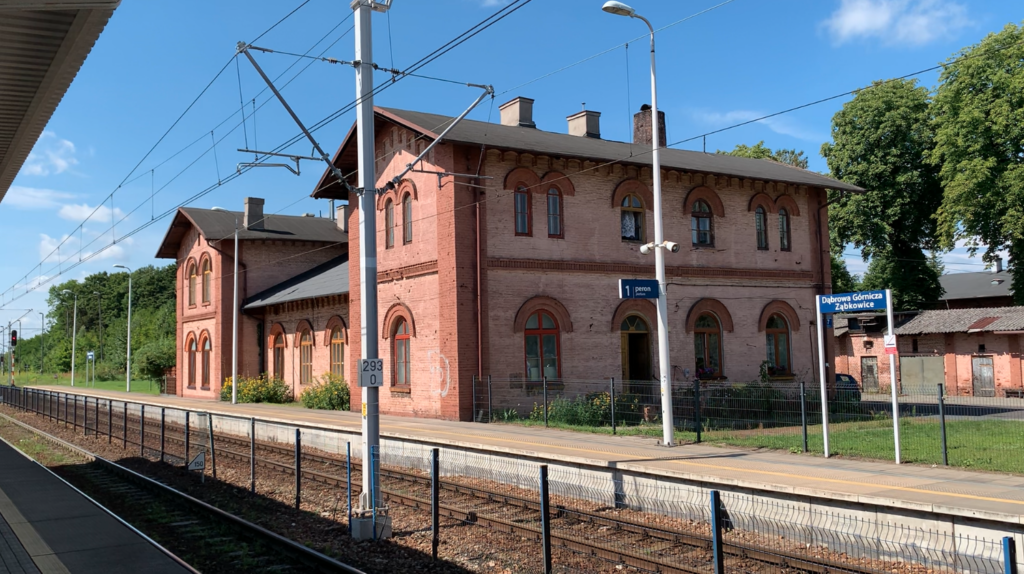

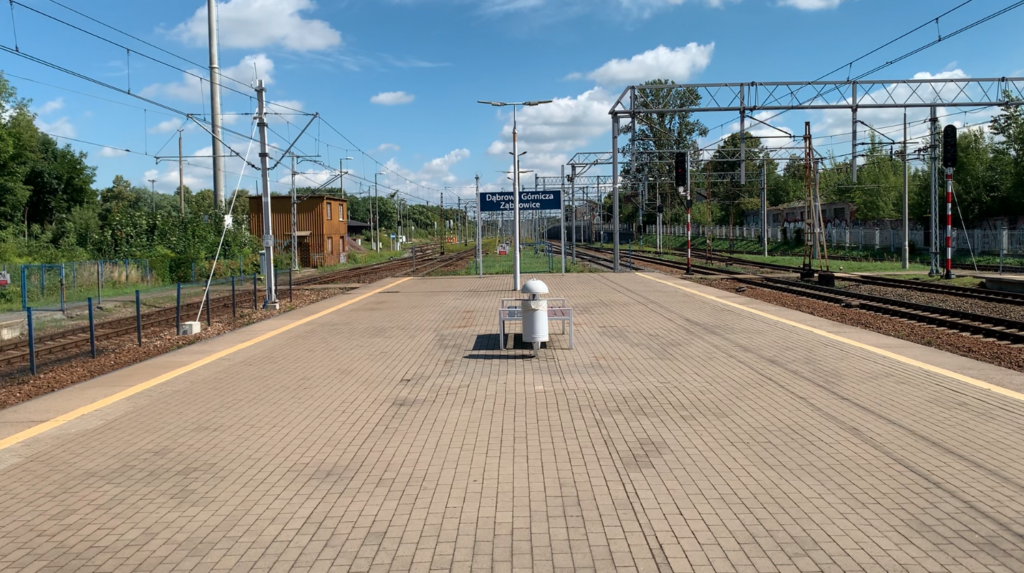

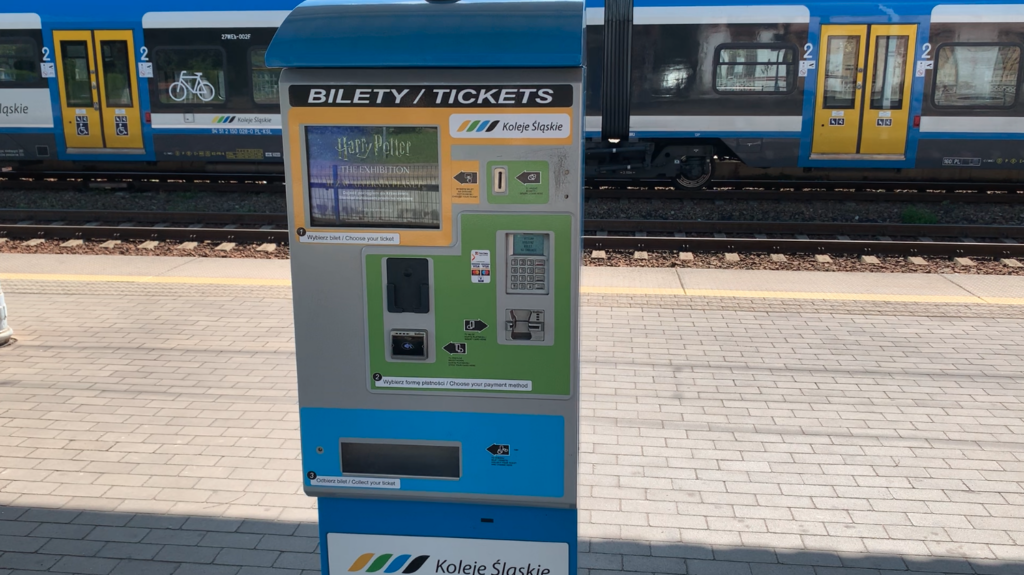
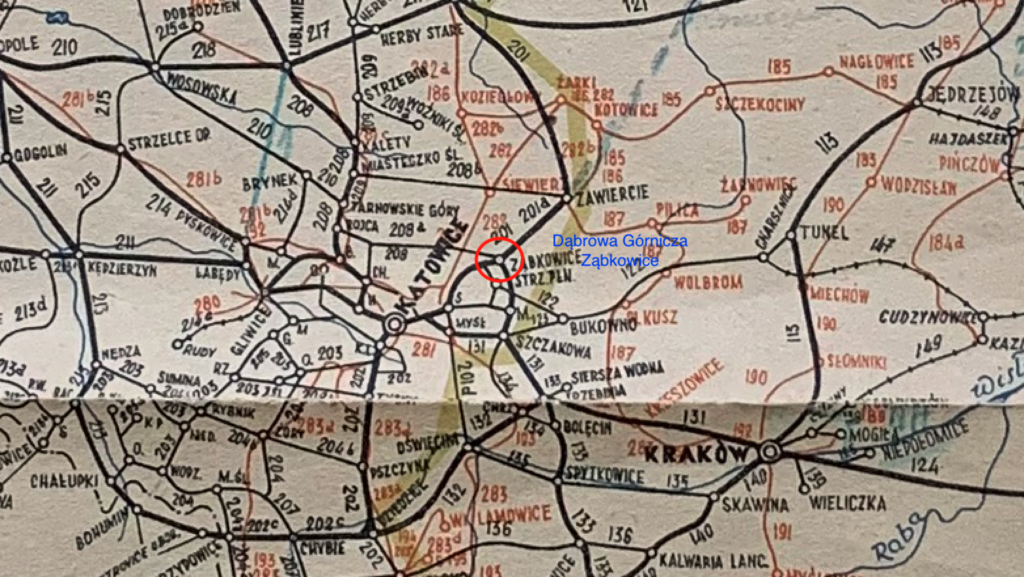
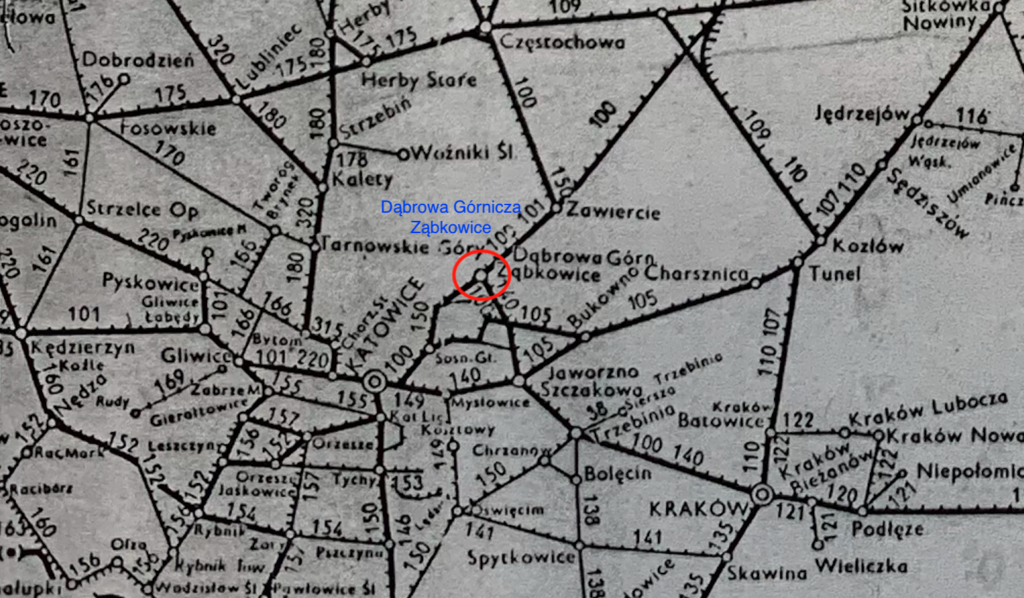
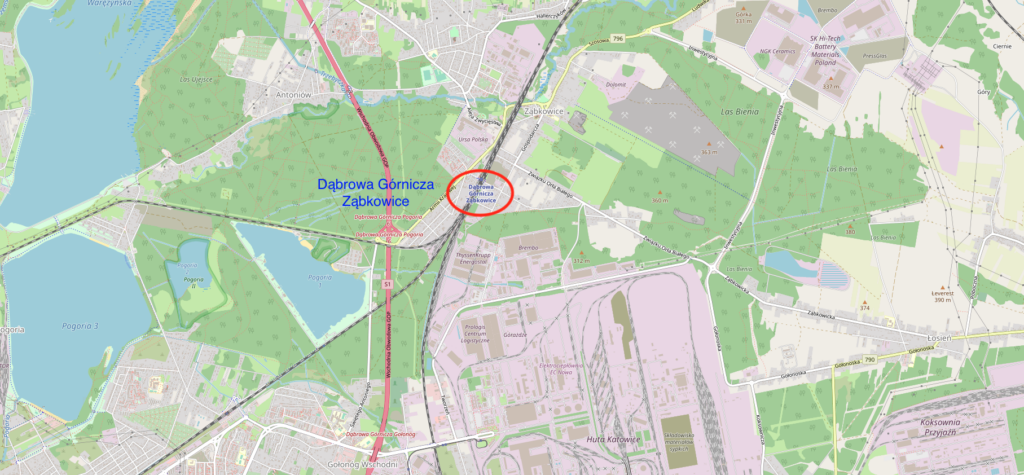
Dąbrowa Górnicza.
Dąbrowa Górnicza is a city in Poland, in the Silesian Voivodeship, with county rights. The town received city rights in 1916. Currently (2024), the city has a population of 112,876. The city’s elevation ranges from 258 to 390 meters. Its area is 188.73 km², ranking it 11th in Poland, surpassing even Katowice. Geographically, the city lies in the Silesian Upland, historically part of Western Lesser Poland. It is located at the eastern edge of the Upper Silesian Industrial Region (GOP). The city boasts numerous green spaces that contribute to air purification and positively impact the health and well-being of its residents. The days when the Dąbrowa Basin and Upper Silesia were considered the most polluted areas of Poland are long gone. The city encompasses forests: Trzebiesławickie, Bienia, and Błędowskie, as well as reservoirs: Pogoria I, Pogoria II, Pogoria III, and Kuźnica Warężyńska.
The first settlements were established here in the 12th century. Most of these areas belonged to the bishops of Kraków and the dukes of Siewierz. Residents engaged in hunting, fish and domestic animal breeding, logging, and cultivating fields. For historical reasons, Dąbrowa Górnicza is divided into 18 historical and traditional areas, which developed primarily due to the development of industry and transportation. A typical urban structure has not developed here, and individual districts continue to change. Some are losing importance, while others are gaining importance. The city was formed through the amalgamation of individual settlements, which were founded due to industrial development.
The name Dąbrowa first appeared in documents in 1655. The parish records of the Holy Trinity Church in Będzin have survived. The name derives from the Dąbrowa Forest. In the 17th century, the name Koniecpolska Wola was also used, derived from the surname of Zygmunt Stefan Koniecpolski, the starost of Będzin. He allowed migrating peasants from Lesser Poland to settle there. This area enjoyed a certain autonomy. It belonged to the Polish-Lithuanian Commonwealth, but absorbed influences from Galicia and Prussian Silesia. According to the 1787 census of the Kraków diocese, the settlement had 184 inhabitants. The settlement, called Stara Dąbrowa, was the most important, as it lay on the Kraków-Silesia road. The village contained the starost’s inn, a forge, a well, and a chapel. Charcoal, needed for the production of iron and other metals, was produced in the nearby forests. In 1795, as a result of the Third Partition of Poland, Dąbrowa was incorporated into Prussia as part of New Silesia. As early as the mid-18th century, deposits of hard coal and various metal ores were discovered here. As it later turned out, the thickest hard coal seam, known as the Reden coal seam, was discovered here. The seam was approximately 20 meters thick. Dąbrowa had a so-called outcrop to the surface. The opening of the first hard coal mines led to an influx of people employed in mining. The first hard coal mine was an open-pit mine funded by Count Frederick William Reden, hence its name, the Reden Mine. This occurred in 1796. In 1806, the first workers’ colony in the region was established next to the mine.
In subsequent decades, the following mines were established: “Flora,” “Klimontów,” “Koszelew,” and “Paris.” Hard coal mining attracted investors and workers. In 1834, the Huta Bankowa plant was founded; one of the oldest and most important ironworks in the region and, alongside the Huta Królewska plant, one of the most important in Poland. Among other things, Huta Bankowa produced railway rails.
As a result of the Napoleonic Wars, Dąbrowa Górnicza, now known as the Dąbrowa Basin, found itself within the Duchy of Warsaw. Following Napoleon’s defeat, it fell under Tsarist rule within the Kingdom of Poland. Further coal deposits were discovered, and more mines were founded. The “Konstanty” zinc smelter was established. By 1914, Dąbrowa had 30,000 inhabitants. The town competed with neighboring Sosnowiec. In 1916, the town received city status and the additional element “Górnicza” in its name. This was the time of the Great World War and the German-Austro-Hungarian occupation, after the expulsion of the Muscovites. In the first decades of the 20th century, coking plants, rolling mills, steel construction factories, tool and construction materials factories were founded. During the German occupation (1939-1945), the entire industry of the Dąbrowa Basin was transformed to meet war production needs. Road and rail infrastructure was adapted to wartime needs. By the end of the war, both Germans and Russians had destroyed or stolen industrial machinery and equipment.
The construction of the largest metallurgical plant in Europe, the Katowice Steelworks, had a significant impact on the city. The plant was constructed between 1972 and 1976. In 1977, the town of Ząbkowice was incorporated into Dąbrowa Górnicza. During this time, other mergers of districts, neighborhoods, and towns also took place. In 1982, Dąbrowa Górnicza had its largest population in history, with 152,373 inhabitants. In the 1970s, the process of mine consolidation and the liquidation of thin-walled mines began.
In the 1990s, the communist bloc collapsed. Heavy industry lost its importance, and the existing trade chains were severed. Industry in Dąbrowa Górnicza had to undergo a transformation. After 1989, some plants were closed down, including old mines and old auxiliary plants. Recreational areas were created for residents near water reservoirs. Former landfill sites were reforested.
In 1996, the Sosnowiec-Dąbrowa Special Economic Zone was established. Over the past 10 years, 1,500 permits for the construction of industrial facilities have been issued. Currently (2025), Dąbrowa Górnicza is home to two steelworks: ArcelorMittal Poland (formerly Huta Katowice) and the Alchemia Group’s steelworks (formerly Huta Bankowa). Currently, Huta Bankowa operates as Celsa Huta Bankowa Sp. z o.o. and is part of the Spanish CELSA Group. The plant specializes in rolled products and has been in continuous operation since 1834. Other production plants include Koksownia Przyjaźń (the second largest coking plant in Poland). In the automotive industry, these include Brembo Poland, NGK Ceramics Poland, Ficomirrors Poland, and Mecacontrol Poland. There are also many other smaller production plants. National Road No. 910 runs through the city. Nearby roads include the S1 motorway, National Road No. 86, National Road No. 94, National Road No. 760, National Road No. 796, and National Road No. 910. Bus and tram service is available within the city. Katowice International Airport is located 29 km north.
Stations and passenger stops in Dąbrowa Górnicza.
Dąbrowa Górnicza has eight train stations.
Dąbrowa Górnicza Railway Station.
Dąbrowa Górnicza Station is a different station than Dąbrowa Górnicza Ząbkowice. At Dąbrowa Górnicza Station, the tracks, platforms, and station have recently been renovated. The station has regained its former appearance.
Railway lines:
Railway No. 1 Warsaw – Częstochowa – Katowice (historic Warsaw-Vienna route, 1847). In 1848, the final section of the Wiedenka line was opened, on the Ząbkowice – Granica (Maczki) route.
Railway No. 62 Kielce – Katowice (historic Iwanogrodzko – Dąbrowska route, 1885).
Railway No. 133 Dąbrowa Górnicza Ząbkowice – Kraków. This is a double-track, electrified line, 70.779 km long. The Jaworzno Szczakowa – Kraków Główny section is part of the international railway line E30.
Railway No. 160 and Railway No. 186 Dąbrowa Górnicza Ząbkowice – Zawiercie. Currently, these are single-track, electrified lines, with lengths of 16.667 km and 16.867 km, running parallel to Railway Line No. 1.
LK No. 183 Dąbrowa Górnicza Ząbkowice – Będzin Łagisza. Single-track, non-electrified line, 9.901 km long. In the past, there was a railway line running from Dąbrowa Górnicza Ząbkowice to Piekary Śląskie and Tarnowskie Góry. The tracks on this route ran through Będzin Łagisza, Psary Gródków, Będzin Grodziec, and Wojkowice. There was also another railway station, Dąbrowa Górnicza Piekło. Passenger trains ran on this route until 1982. The line was closed in 1993. The railway bridge over the Brynica River near Piekary Śląskie was dismantled. By 2005, most of the tracks had been dismantled. To date (2025), freight trains continue to operate on the Dąbrowa Górnicza Ząbkowice – Będzin Grodziec section.
Since 1885, railway sidings to mines, steelworks, and other manufacturing plants have been expanded. This expansion of the track system created a large railway junction in Ząbkowice, today a district of Dąbrowa Górnicza, where routes from Warsaw, Częstochowa, Katowice, and Kielce intersected. The transshipment infrastructure was systematically expanded, including storage yards, warehouses, ramps, freight stations, cranes, and overhead cranes. Additional tracks were added at freight stations and lengthened to accommodate longer freight trains. New signal boxes, water towers, coal yards (entanglements), and marshalling yards were constructed. New locomotive sheds and freight wagon repair plants were built.
After World War II, during the initial period, it was necessary to rebuild damaged tracks and railway traffic control equipment, and replace missing rolling stock.
In 1972, a railway line was built on the Dąbrowa Górnicza – Katowice Steelworks route. By 2005, most of the tracks on this route had been dismantled.
Passenger trains stop primarily at the Dąbrowa Górnicza and Dąbrowa Górnicza Ząbkowice stations. Regional passenger trains stop at the remaining stations and stops.
A freight station is located near Dąbrowa Górnicza; the Sławków transshipment terminal. The Sławków freight station was opened in 1979. Sławków is the starting and ending point of the LHS, or Broad Gauge Metallurgical Line, formerly the Metallurgical-Sulfur Line. The line has a 1520 mm gauge, the Muscovite gauge. Currently, the Polish section of the route ends at the border with Ukraine. The route is used for freight traffic. It was used during the first months of the war in Ukraine (2022) for the evacuation of civilians. Most refugees disembarked at Olkusz station.
Rail electrification in the Dąbrowa Basin began in the 1950s. Specific decisions were made as early as 1948 to electrify the strategic Warsaw-Sosnowiec-Katowice route, and the first electrified section, Gliwice-Katowice-Sosnowiec Główny-Łazy, was put into service on June 1, 1957. The most popular electric locomotive was the PaFaWag ET21, produced from 1957 to 1971. A total of 726 locomotives were built. 658 locomotives worked for the Polish State Railways (PKP), while the rest were sold to industrial enterprises, such as mining companies, as type 3E/3E-1.
Dąbrowa Górnicza Ząbkowice Railway Station.
Geographic coordinates: 50.366N 19.264E. Elevation: 298 m. Address: Dworcowa Street 11, 42-520 Dąbrowa Górnicza. Voivodeship Road No. 796, Armii Krajowej Street, runs near the station.
Dąbrowa Górnicza Ząbkowice Railway Station was opened in 1847 and belonged to the Warsaw-Vienna Railway. From its inception, the station serves both passenger and freight traffic. Currently, the station is located on km 293,000 of Railway Line No. 1. Seven tracks run through the station.
The station’s last modernization was carried out in 2017-2018. During this period, the footbridge over the tracks was removed. A tunnel was constructed for passengers, wheelchair users, and cyclists. Cyclists can ride from one side of the station to the other without dismounting. Access to the platform requires an elevator.
The station building opened on December 13, 1847. The station building is currently out of service and awaiting renovation. The ticket office operated until November 2011. It was the last railway ticket office in Dąbrowa Górnicza, which was closed. Passengers can use the Silesian Railways’ ticket machines. The station building was entered into the register of historical monuments under number A/706/2020 on October 1, 2020. Initially, the building had nine axes and consisted of two blocks. A second wing was added later, giving the building a symmetrical, twelve-axle structure. The building is two-story, without a basement. It was built of painted red brick. Architectural details add to the building’s elegance. Some bricks are arranged in ornamental and patterned patterns. The entire structure is covered by three gable roofs (a central section and two wings), each with a shallow pitch. The entire station square, with adjacent buildings, forms a cohesive whole. Parking for cars and bicycles is located on both sides of the station: on Dworcowa Street and Maria Dąbrowskiej Street.
Alongside the station building, platform 1 also houses a former restaurant, now a residential building. This building is often confused with the station. Platform 1 is single-edged, adjacent to the station building, and is 187 meters long.
On platform 2, there is a historic riveted metal canopy. The pillars supporting the roof are designed as Ionic columns. The curved roof is made of trapezoidal sheet metal. The shelter is 120 m long. Platform 2 has two sides and is 267 m long. Track 1 and track 2 run alongside platform 2. Platform 3 has two sides and is 267 m long, like platform 2, but is significantly narrower. Platform 3 has a short shelter, 35 m long.
The station serves up to 1,000 passengers daily. 46 trains depart from the station daily. 20 trains are operated by Koleje Śląskie. Carriers include Koleje Śląskie, InterCity, TLK, and PolRegio. Trains were available to the following stations: Bohumin, Kraków Główny, Poznań Główny, Katowice, Szczecin Główny, Gdynia Główna, Zakopane, Białystok, Kołobrzeg, Świnoujście, Warszawa Centralna, Kielce, Częstochowa, and Piotrków Trybunalski.
Written by Karol Placha Hetman
